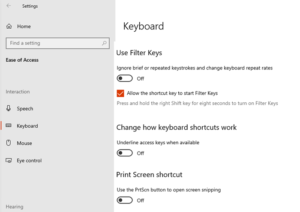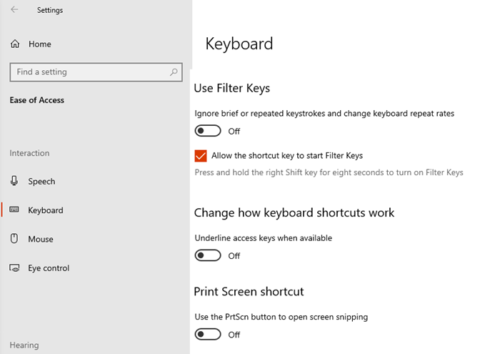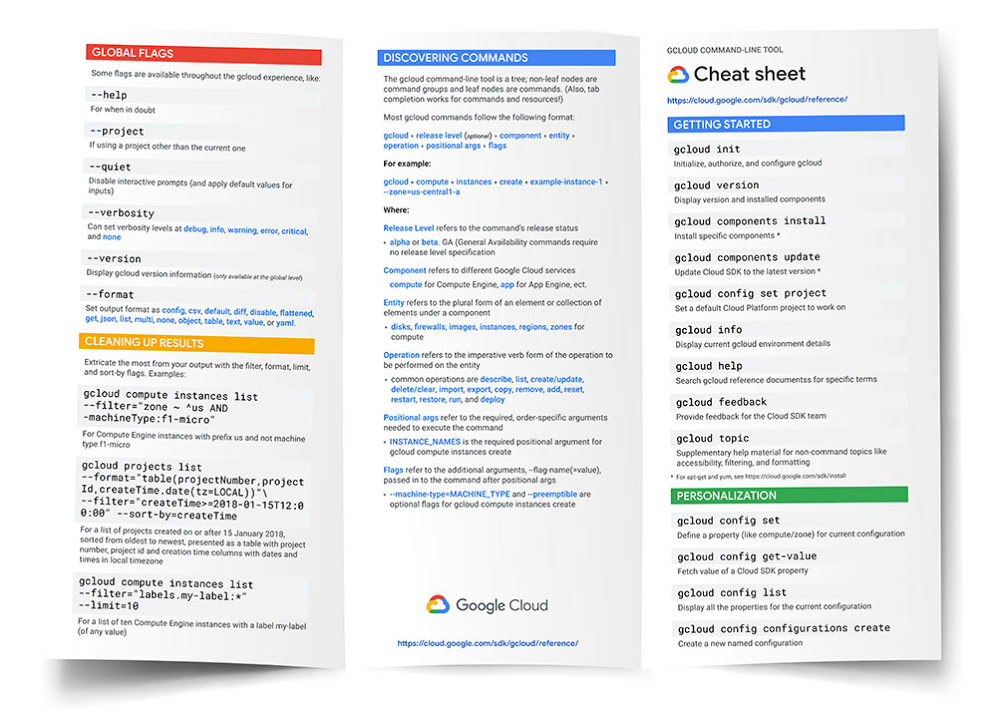The content below is taken from the original ( SaaS startup Swoop raises $3.2M to modernize mom-and-pop transportation companies), to continue reading please visit the site. Remember to respect the Author & Copyright.
Chauffeured group transportation — the vehicles used for corporate outings, special events, and even weddings — is a fragmented industry with hundreds of small operators that rely on analog systems to book customers. Now in this era of COVID-19, these operators are being squeezed as travel and tourism has dwindled and companies have opted to have employees work from home.
One Los Angeles-based transportation booking startup called Swoop aims to bring these small, local operators into the digital age with a new software-as-a-service platform that it says is helping them adapt in this COVID-19 era. The startup, loaded with an injection of capital, is ramping up its SaaS product in hopes of tapping into a marketplace where customers spent $40 billion annually.
Swoop has raised $3.2 million in a seed funding round led by Signia Venture Partners, South Park Commons and several angel investors, including former Uber CPO Manik Gupta, Kevin Weil, co-creator of Libra at Facebook, Kim Fennel, a former Uber executive and Elizabeth Weil, former partner at Andreessen Horowitz, 137 Ventures.
“I’m fascinated about how operators are still running most of their business with pen and paper,” Swoop CEO and co-founder Amir Ghorbani said in a statement. Ghorbani has witnessed first hand the constraints of these small operators. During high school and college, Ghorbani helped with his parents’ limousine business. The experience prompted him to seek a solution.
“I saw a huge opportunity to help these small mom and pop shops, in an under-digitized industry, where no operator has more than 1% market share,” Ghorbani added.
Ghorbani began by building a group transportation booking platform used by companies like Airbnb, Google and Nike. Through those bookings the companies saw an opportunity to build business management software for vehicle operators.
Swoop’s SaaS platform lets companies book and dispatch rides, track vehicles and communicate with customers. It also acts as a central hub for payments and other bookkeeping. The tool is designed to smooth out the booking process as well as increase vehicle utilization, which is currently at 4.9%, according to the company. Swoop also passes on leads from companies that use the booking platform to the operators using its SaaS tool.
For now, the focus is on local transportation companies, not public transit, which is a sector that Uber is chasing after.
COVID-19, which has suspended most group outings, has upended these local transportation operators. Swoop says it has adjusted its platform to help these operators survive. The company told TechCrunch that it is helping operators repurpose their vehicles to ship goods rather than people. For instance, large vans once used for corporate outings can now be marketed to food wholesalers or companies that need local package delivery. The platform is also being used to connect operators with companies like Amazon that provide transportation to shuttle essential factory workers.






 When using a keyboard, if you experience a lag between your typing and the text that appears on the screen, then this post will help […]
When using a keyboard, if you experience a lag between your typing and the text that appears on the screen, then this post will help […]





















